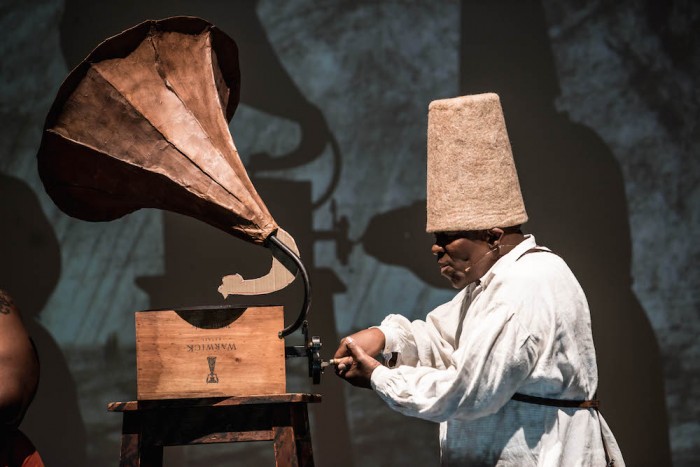The Ghanaian proverb: “The head and the load are the troubles of the neck” speaks to the burden of war. But when we’re taught about the First World War, we’re told that the burden fell squarely on the shoulders of the colonial powers at the forefront.
We know now, however, that some 2 million African workers, soldiers and porters lost their lives on battlegrounds in Africa and abroad, fighting for the interests of foreign powers eager to carve out their riches in the scramble for Africa.
In one of the war’s longest and bloodiest conflicts at what was then German East Africa, the soldiers on the ground were bolstered by thousands of “porters”.
According to Tanzanian curator and historian Kathleen Bomani, German and British troops used up to four porters for every one soldier. These “native carriers” included women and children who cooked, cleaned and delivered food supplies, arms, and artillery.
Of the 105 000 deaths recorded among British forces during the campaign, 90 per cent were porters who died of exhaustion, malnutrition and disease. Today their sacrifice is largely forgotten.
This is the history William Kentridge, the renowned South African artist, hopes to unpack in his most ambitious project to date.
“The Head & the Load” is a theatrical-music piece that combines music, dance, film projections, mechanised sculptures and shadow-play to create an imaginative landscape on an epic scale.
Directed by Kentridge with music by Philip Miller, the piece will premiere against the backdrop of the Tate Modern’s Turbine Hall from 11 to 15 July 2018.
Miller, a leading South African composer, and musical director Thuthuka Sibisi have created an original musical score that combines a number of musical influences. The piece will be performed by orchestra collective The Knights and an international cast of singers like the incomparable Anne Masina, and other dancers and performers, many of whom are based in South Africa.
Carried on the shoulders of the performers are the heads of the leaders of different colonial resistances. The leaders who were hopeful that the end of the First World War would bring about equal rights for oppressed peoples.
The production seeks to right a wrong in the world’s historical consciousness:
“The Head & the Load is about Africa and Africans in the First World War – that is to say about all the contradictions and paradoxes of colonialism that were heated and compressed by circumstances of the war,” says Kentridge.
He adds, “The colonial logic toward the black participants could be summed up by: ‘Lest their actions merit recognition, their deeds must not be recorded’.”
Kentridge is known for performances, exhibitions, expressionist drawings and films that delve into the history of colonialism in Africa and the aspirations and failures on revolutionary politics.
He was recently awarded an honorary doctorate in philosophy by the University of Pretoria, acknowledging his advocacy for the arts in South Africa and his contribution to postcolonial memory.
To delve even deeper into Kentridge’s skillful wielding of the arts, watch his performance-lecture at Design Indaba Conference. It is a rich and complex foray into his creative process, during which he both talks about and demonstrates on stage the power of association and creative thinking.
Read more about postcolonial art:
FAKA on penetrating art spaces and designing a new sound
Opinion: Heinrich Wolff on constructing cultural identity in architecture










